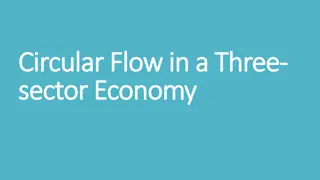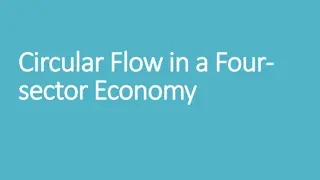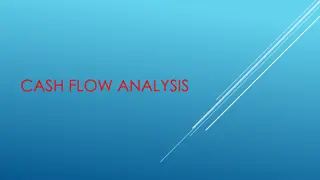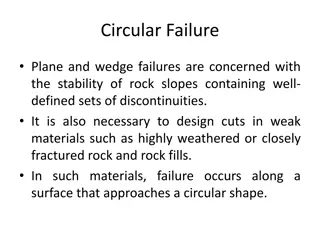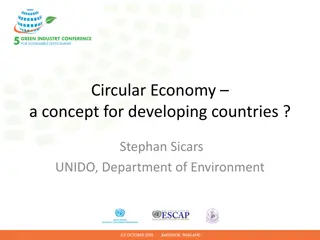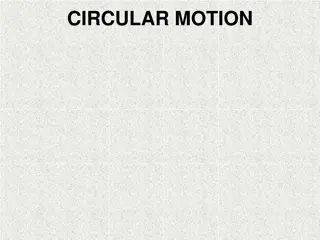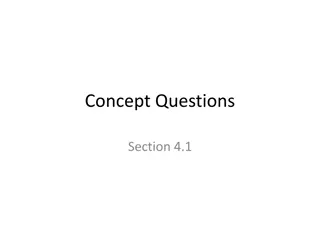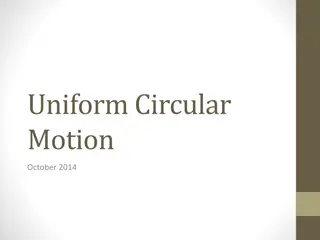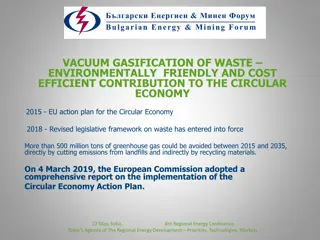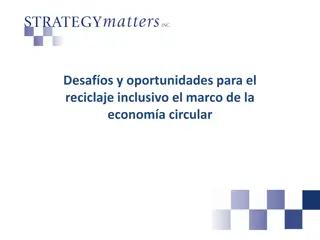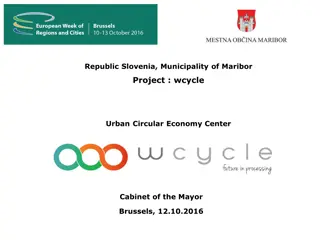Circular Flow in a Two-Sector Economy with Financial Market
In a two-sector economy with a financial market, households and firms engage in savings, investments, and borrowing through the financial market, unlike the simple circular flow assumption where no savings are made. This interaction between households, firms, and the financial market plays a crucial role in the economy's overall functioning and growth.
Download Presentation

Please find below an Image/Link to download the presentation.
The content on the website is provided AS IS for your information and personal use only. It may not be sold, licensed, or shared on other websites without obtaining consent from the author.If you encounter any issues during the download, it is possible that the publisher has removed the file from their server.
You are allowed to download the files provided on this website for personal or commercial use, subject to the condition that they are used lawfully. All files are the property of their respective owners.
The content on the website is provided AS IS for your information and personal use only. It may not be sold, licensed, or shared on other websites without obtaining consent from the author.
E N D
Presentation Transcript
CIRCULAR FLOW IN A TWO- SECTOR ECONOMY (WITH FINANCIAL MARKET)
Circular Economy (with Financial Market) Flow in a Two-sector In the circular flow of an economy in a two-sector model without the financial market, it is assumed that no savings are made in the economy. It means that the households spend their entire income on the purchase of goods and services and every firm spends all the receipts from the sale of goods and services to make factor payments.
Circular Flow in a Two-sector Economy (with Financial Market) However, it does not happen in the actual world, i.e., households do not spend their entire income on the consumption of goods and services. Instead, they save a part of their income for the future. In the same way, the firms save some part of their receipts for the expansion of business or various other reasons. Besides, the firms also borrow money from outside to finance their expansion plans. All of these savings and borrowings happening in the economy are channelised through the financial market. Therefore, in a two-sector economy, the savings made by households accumulated in the financial market are used by the firms for investment purposes.
This understood following diagram: concept can the be better of with help the
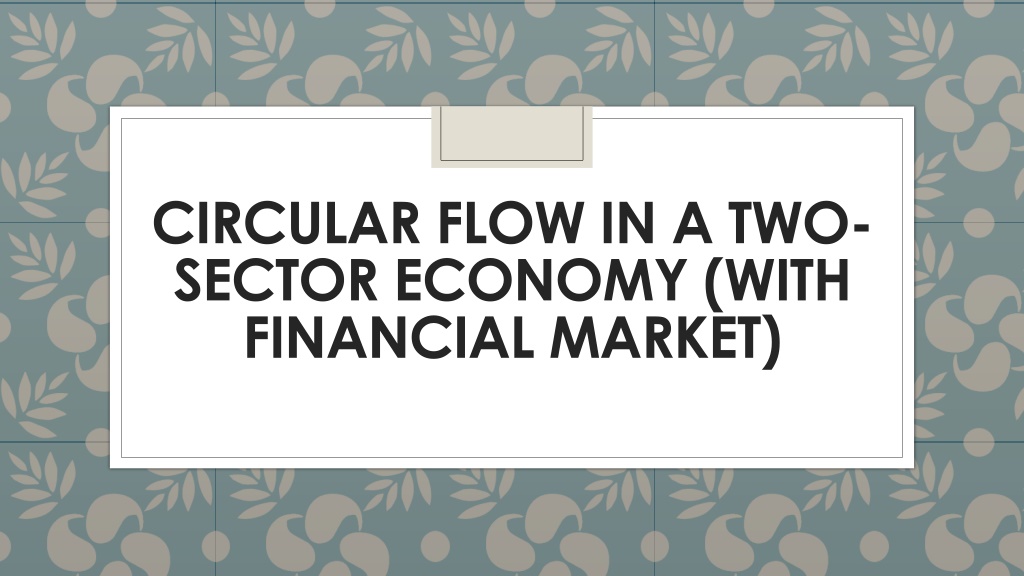
 undefined
undefined







